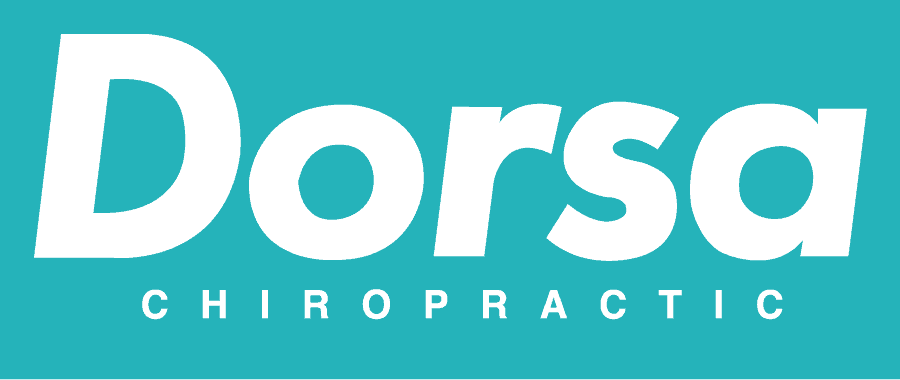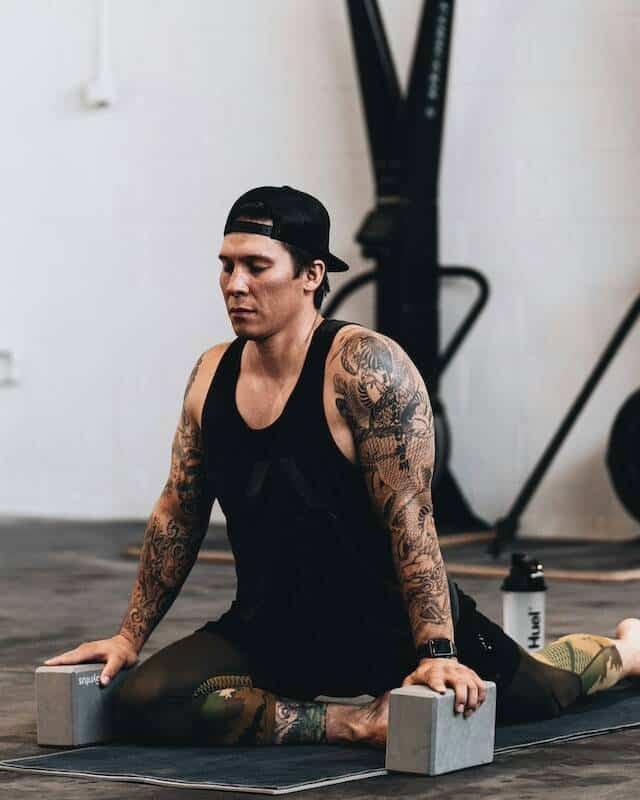Stretching is often seen as a simple add-on to workouts, something you do before or after exercise. However, its importance extends far beyond just preparing for physical activity. Stretching has a multitude of positive effects on both body and mind. At Dorsa Chiropractic, we advocate incorporating stretching into your daily life to improve flexibility, reduce pain, boost circulation, and enhance overall well-being. This blog post explores the many positives of stretching and dives into the different types of stretches, helping you choose the ones that best suit your needs.
The Advantages of Stretching
Increases Flexibility and Range of Motion
One of the most well-known benefits of stretching is improved flexibility. When you stretch regularly, you help lengthen tight muscles and improve joint mobility. This increase in flexibility can make daily activities easier, reduce stiffness, and allow your body to move more freely. At Dorsa Chiropractic, we emphasize the role of stretching in maintaining and enhancing joint health, especially for those who spend long hours sitting at desks or engaging in repetitive motions.
Improves Posture
Poor posture can result from tight muscles pulling on certain areas of your body, leading to discomfort and even long-term misalignment. By targeting muscles that tend to become tight, such as the hip flexors, hamstrings, and chest, stretching can help you achieve better posture. When combined with chiropractic adjustments, it can significantly relieve pressure on the spine and reduce the risk of developing chronic postural issues.
Promotes Muscle Recovery and Reduces Soreness
Stretching after a workout helps your muscles recover faster and reduces the soreness you might experience. After physical exertion, lactic acid builds up in your muscles, causing stiffness. Stretching helps to increase blood flow, which aids in flushing out these metabolic by-products, reducing muscle tightness, and speeding up the recovery process.
Reduces the Risk of Injuries
Stretching is a proactive way to prevent injuries. Tight, rigid muscles are more susceptible to strains and tears. By keeping your muscles loose and limber through stretching, you can better protect yourself from common injuries. For athletes or those engaging in frequent physical activities, dynamic stretches before exercise help prepare muscles for the movements ahead, while static stretches afterward aid in cooldown and recovery.
Increases Blood Flow and Circulation
Stretching increases blood flow to muscles and joints, ensuring the delivery of oxygen and essential nutrients needed for muscle growth and repair. Improved circulation also helps reduce inflammation and alleviate pain.
Relieves Stress and Enhances Mental Well-Being
Stretching doesn’t just affect the body—it also has a calming effect on the mind. Stretching encourages deep breathing, which activates the body’s relaxation response and lowers stress levels. Moreover, it allows you to focus on your body and breathing, which can be a form of meditation. A few minutes of gentle stretching can significantly reduce stress and improve your mood.
The Different Types of Stretching
Now that we’ve discussed the positives of stretching, let’s look at the different types and how they work. Understanding these can help you integrate the right stretches into your routine.
1. Static Stretching
Definition: Static stretching involves holding a stretch for an extended period, typically between 15 and 60 seconds. The goal is to elongate a muscle to its farthest point and hold it there.
When to Use: After physical activity or as part of a cooldown routine. Static stretching is great for improving flexibility and relieving muscle tension.
Example: Sitting hamstring stretch, where you sit with one leg extended and reach toward your toes, holding the stretch to lengthen the hamstring.
2. Dynamic Stretching
Definition: Dynamic stretching involves active movements that take muscles through their full range of motion. These stretches are not held but are instead performed in controlled, repetitive motions.
When to Use: Before workouts or physical activity. Dynamic stretching helps warm up muscles, increase blood flow, and prepare the body for movement.
Example: Leg swings, where you stand on one leg and swing the other forward and backward in a controlled motion, targeting the hip flexors and hamstrings.
3. Ballistic Stretching
Definition: Ballistic stretching uses bouncing or jerking movements to push muscles beyond their typical range of motion. This type of stretching is more intense and should be approached with caution.
When to Use: Ballistic stretching is typically reserved for athletes or individuals with a high level of flexibility who need to prepare for explosive movements, like dancers or sprinters.
Example: Bouncing toe touches, where you bend forward and try to touch your toes in a quick, bouncing motion.
Note of Caution: This type of stretching is not recommended for most people as it can lead to injuries if done incorrectly or with excessive force.
4. PNF Stretching (Proprioceptive Neuromuscular Facilitation)
Definition: PNF stretching involves alternating between contracting and relaxing a muscle to achieve a deeper stretch. It usually requires a partner but can be modified for solo stretches.
When to Use: PNF stretching is highly effective for improving flexibility and is commonly used in rehabilitation settings. It’s also useful for athletes looking to achieve greater ranges of motion.
Example: Hamstring PNF stretch, where you lie on your back with one leg raised and a partner gently pushes it towards your chest while you resist, then relax.
5. Active Stretching
Definition: Active stretching involves holding a position using only the strength of your muscles without external force. This type of stretching helps strengthen the muscles involved in maintaining the stretch.
When to Use: Active stretching is great for improving muscle strength and flexibility. It’s commonly used in yoga and pilates routines.
Example: A standing quad stretch, where you balance on one leg and pull the other leg’s heel towards your glute using only your own strength without grabbing the ankle.
6. Passive Stretching
Definition: Passive stretching involves using an external force, such as a partner, a prop, or gravity, to help you hold a stretch. This type of stretching allows you to relax the muscle while it is being stretched.
When to Use: Passive stretching is ideal for relaxation, improving flexibility, and relieving muscle tension.
Example: Assisted hamstring stretch, where you lie on your back and use a strap around your foot to pull your leg upward while keeping the other leg flat on the ground.
The key to getting the most out of stretching is consistency. A balanced routine should include both dynamic stretches before activity and static or passive stretches afterward. At Dorsa Chiropractic, we encourage patients to use stretching to complement their chiropractic care, enhancing the effects of adjustments and other therapies.

Welcome to Dorsa Chiropractic. We started this practice to help people like you feel great!
When you visit us here at Dorsa Chiropractic, we’ll go over your injury, pain points, or general wellness goals. Our doctors will conduct an assessment to verify the root of your physical symptoms to come up with a plan for bringing your body back to health.

